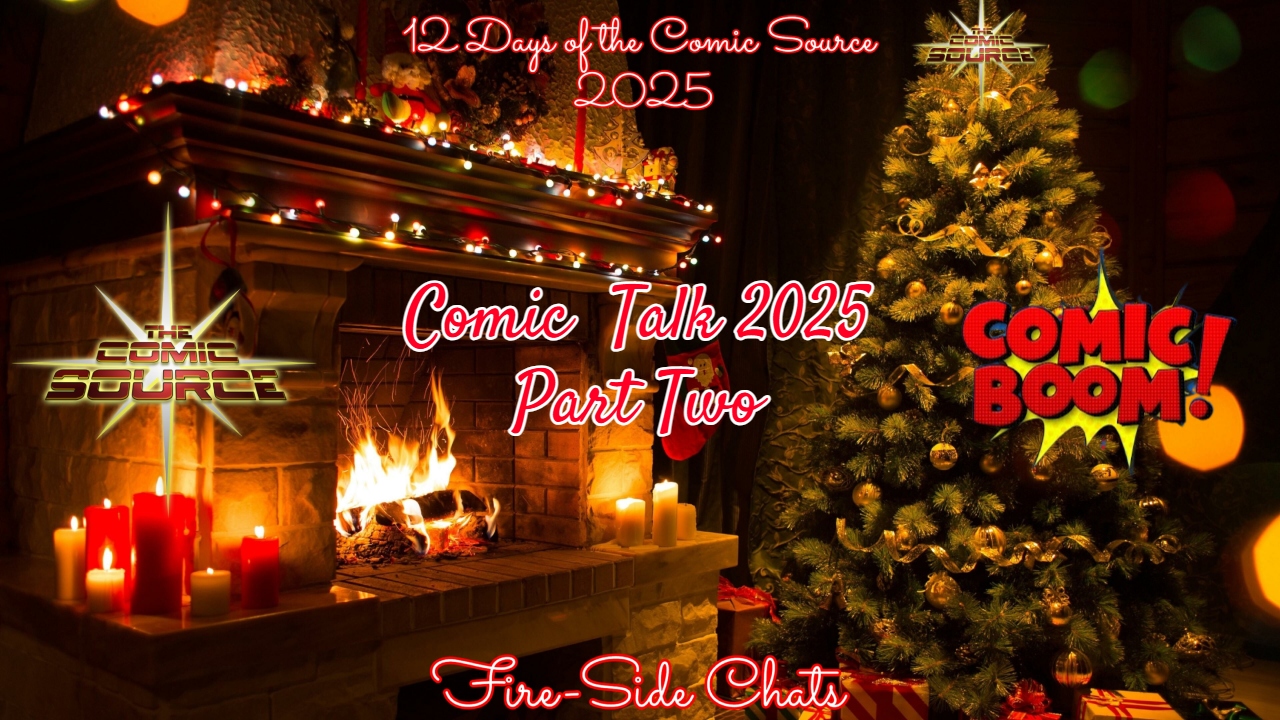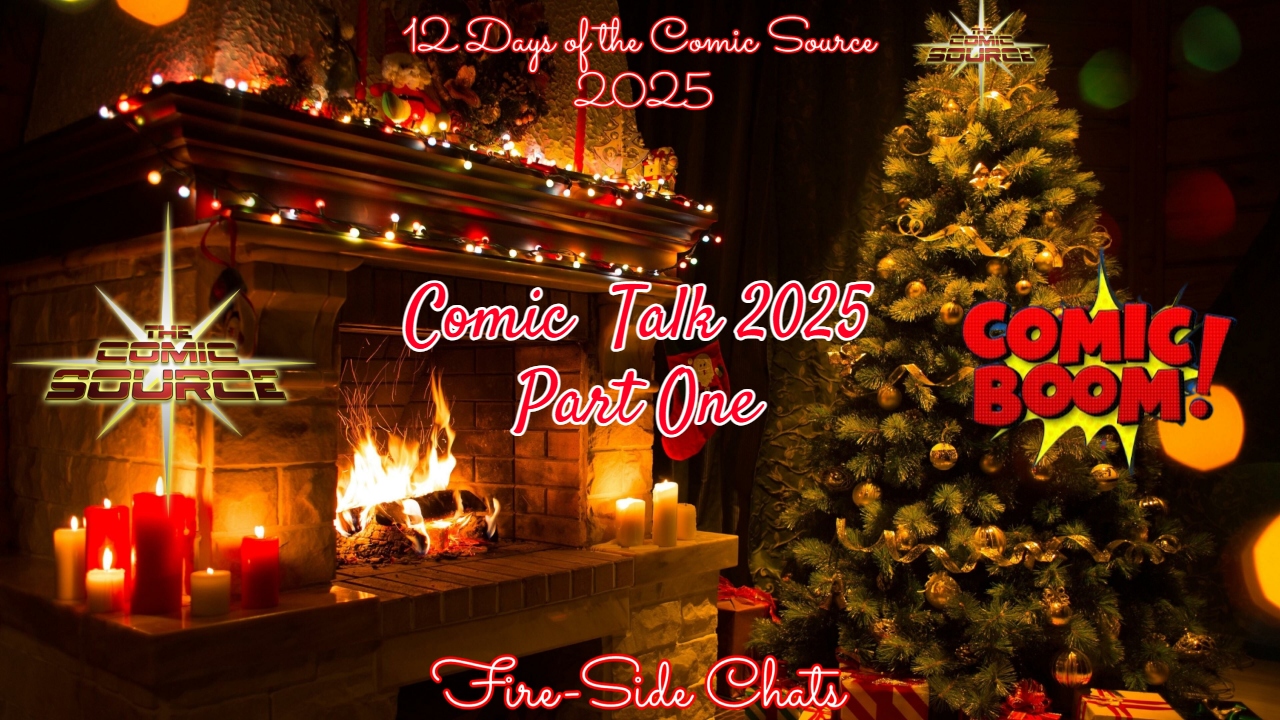CAUTION MAJOR SPOILERS CONTAINED IN THIS ARTICLE!
Marvel Studio’s Black Panther is without a doubt killing it at the box office this weekend. Audiences everywhere are being introduced to not only T’Challa the Black Panther, played by Chadwick Boseman, but to the entire nation and culture of Wakanda. Ryan Coogler, the director for Black Panther, does a great job at taking us through this journey of discovery just as T’Challa and Wakanda are getting set to join the rest of the world.
By the end of Black Panther, T’Challa has decided to reveal to the world that Wakanda is not a third world country but a technologically advanced, Afro-futuristic country. Also that he is looking to establish educational outposts all around the world starting in Oakland, California.
At this point, the credits roll and most of us just hang in there as we know that there are two credit scenes coming. The two scenes give us a look at what the future holds for Wakanda and also check in on a familiar face who had been recovering in Wakanda. Entertainment Tonight had the opportunity to talk to Coogler about the two end credit scenes and what they mean. Let’s start off with the mid-credits scene.
RELATED – Kevin Feige Teases Return Of Black Panther Women
King T’Challa along with Okoye, played by Danai Gurira, and Nakia, played by Lupita Nyong’o, arrive at the United Nations in Vienna, Austria to make this announcement:
“For the first time in our history, we will be sharing knowledge and resources with the rest of the world.” We have to remember that up to this point, the rest of the world only recognizes Wakanda as a third world country, which brings up the question, “With all due respect, what do farmers have to offer the rest of the world?”
T’Challa and CIA operative Everette Ross, played by Martin Freeman, look at each other and share a smile.
Coogler goes on to explain the scene:
“When people say, ‘This film is a political movie,’ well, yeah. Black Panther is a politician. It’s the first MCU film about a politician, so it should be the most political one. And if this character has to make a governmental address, what kind of stuff would he say?”
With a lot of politics invading our entertainment and even sports, the film seems to use moment to send a message to audiences everywhere as T’Challa says, “The foolish build barriers, while the wise build bridges.” Although this message can be applied at anytime, without a doubt it’s a lot more culturally and politically relevant in our current day and age.
Coogler also talked about this line:
“That’s an African proverb that my wife found while we were working on it. We wrote that stuff when Obama was president.” Instead, he likens the mid-credits tag to what Jon Favreau did with Iron Man, which is to make the audience think, “Oh man, I wish that dude was really around! — because the world looks like the real place — Oh, I wish there was an Iron Man that could jump in a suit and do cool stuff and say cool stuff at press conferences. For us, I found myself looking up to [T’Challa] and aspiring to that.”
I would agree with Coogler that right now we can definetely use a King T’Challa to inspire us all. Now lets move on to the end credit scene.
Somewhere in Wakanda, a group of children are gathered in a hut, staring at someone. As he wakes up, the children run outside and bump into Shuri, played by Letitia Wright. Out of the hut steps out the one armed James Buchanan aka Bucky Barnes aka Winter Soldier, played by Sebastian Stan. As the children run off they giggle and scream “White Wolf!”. After a brief exchange, Shuri tells Bucky that there is still much for him to learn as Bucky stares out into the sunset. The scene finishes with a message saying that Black Panther would be back for Avengers: Infinity War.
In an interview with Radio Times Coogler explains how Bucky ended up in the post credit scene:
“Obviously, it ties in, but the studio didn’t force our hand or tell us what the post-credits scene should be. It was something that we were interested in…For us, it was fun because I think the audience, if they’re familiar with the MCU, knows that Bucky is in Wakanda.”
“It was kind of a hold-off. Our film wasn’t about Bucky, obviously, [so] we didn’t feel like it would be right to deal with him in this context. But we thought it’d be cool for the fans that stayed ’til the end to check in on this character that they love.”
Coogler, in my opinion, took the right approach with Bucky. The film was about the introduction of King T-Challa and Wakanda and as great as they are, it did not need any character cameos to distract audiences from the story. But once Coogler finished telling the story, there was no reason why he couldn’t show audiences that Bucky was alive and well.
If you are interested any further in the events of Bucky’s life between Captain America: Civil War and Black Panther, Marvel Entertainment has released a two-part prelude comic titled Marvel’s Avengers: Infinity War Prelude written by Will Corona Pilgrim with artwork by Tigh Walker. Usually I am not a fan of comics that tie in with films, but in this case, these two comics seem very necessary to connect the dots between Captain America: Civil War, Black Panther, and the upcoming Avengers Infinity War. There is a ton of story to cover and not a lot of time until Thanos arrives.
Overall, I thought that Coogler did a great job with the film and the post-credits scenes. Not everything needs to be a teaser for an upcoming film. After audiences enjoyed the film they did not need to leave theaters distracted by a future film, but inspired by the message that Coogler was trying to send via this great classic Marvel hero.
What did you think of the end credit scenes? Loved them? Hated them? Let us know in the comment section below!
Marvel Studios’ Black Panther is now in theaters everywhere.
RELATED: KEVIN FEIGE TEASES RETURN OF BLACK PANTHER WOMEN
Don’t forget to share this post on your Facebook wall and with your Twitter followers! Just hit the buttons on the top of this page.
Source: Entertainment Tonight, Radio Times
 FOR FANBOYS, BY FANBOYS
Have you checked out LRM Online’s official podcasts and videos on The Genreverse Podcast Network? Available on YouTube and all your favorite podcast apps, This multimedia empire includes The Daily CoG, Breaking Geek Radio: The Podcast, GeekScholars Movie News, Anime-Versal Review Podcast, and our Star Wars dedicated podcast The Cantina. Check it out by listening on all your favorite podcast apps, or watching on YouTube!
Subscribe on: Apple Podcasts | Spotify | SoundCloud | Stitcher | Google Play
FOR FANBOYS, BY FANBOYS
Have you checked out LRM Online’s official podcasts and videos on The Genreverse Podcast Network? Available on YouTube and all your favorite podcast apps, This multimedia empire includes The Daily CoG, Breaking Geek Radio: The Podcast, GeekScholars Movie News, Anime-Versal Review Podcast, and our Star Wars dedicated podcast The Cantina. Check it out by listening on all your favorite podcast apps, or watching on YouTube!
Subscribe on: Apple Podcasts | Spotify | SoundCloud | Stitcher | Google Play





